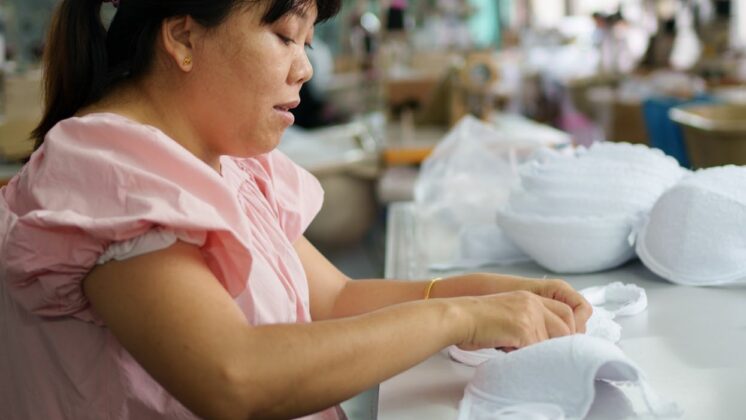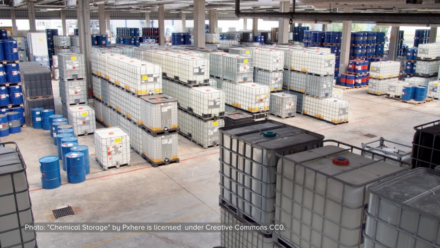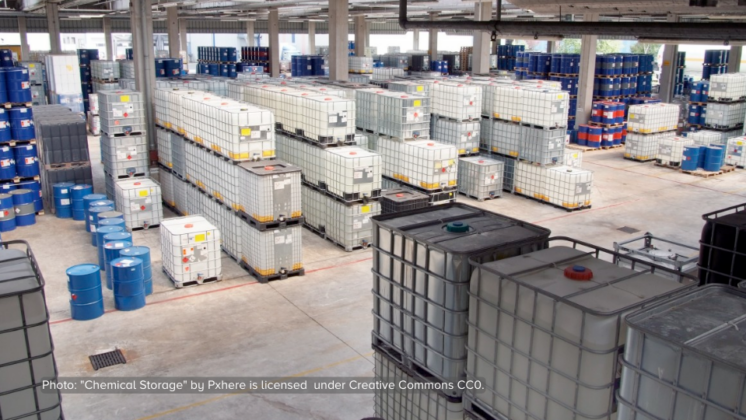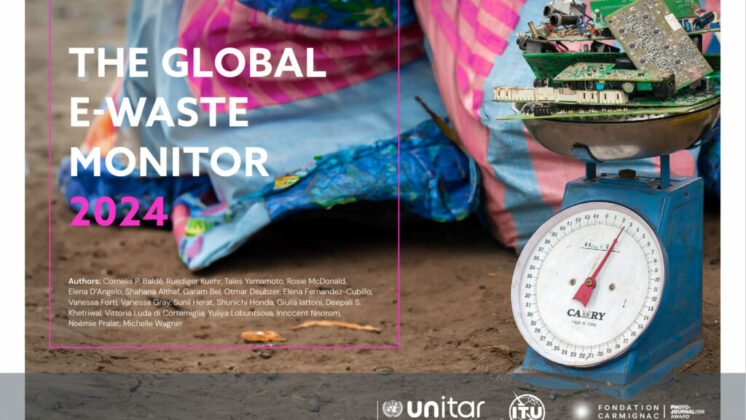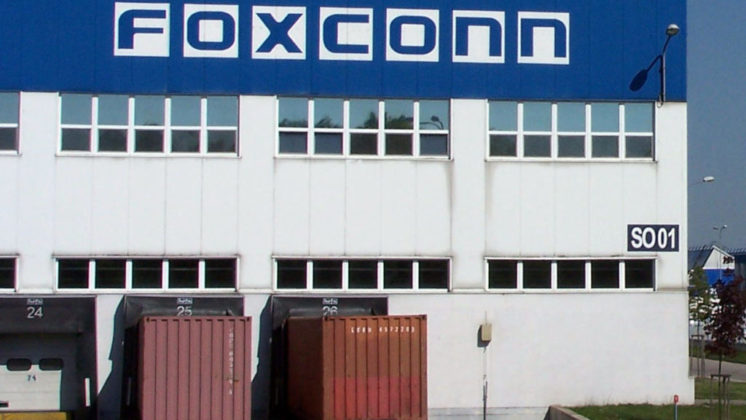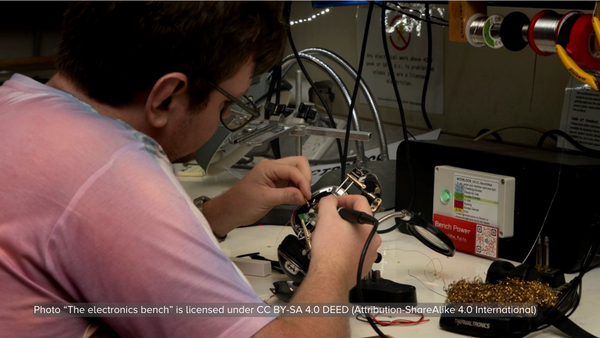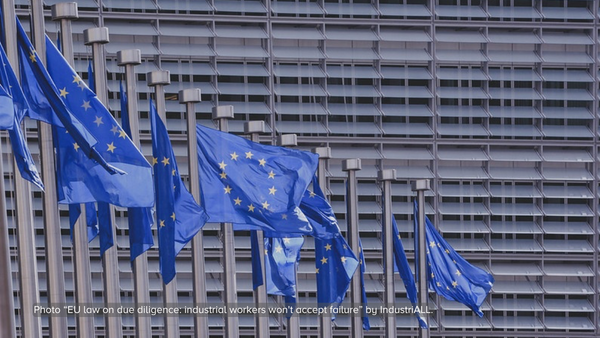This report focuses on labour rights in the mobile phone industry in India and addresses working conditions in export processing zones (known as Special Economic Zones in India). Th e aim of this research is to get an understanding of unionisation and precarious employment in four mobile phone factories, namely Nokia, Salcomp, Flextronics and Foxconn, based in Sriperumbudur around Chennai, Tamil Nadu. One of the recent developments in the industry has been the unionisation of Nokia in India.
Over the past decade, the market for mobile phones has increased rapidly. In 2010 alone, 1.6 billion handsets were sold worldwide, up 32 per cent from 2009. While the Finnish mobile phone giant Nokia still led with sales of 461 million handsets, its market share dropped quite substantially (from 31 per cent to 25 per cent between early 2010 and 2011).1 However, Nokia is still a leading player in the mobile phone industry in India. Th e Sriperumbudur plant has become the company’s largest factory surpassing even the volume of Nokia’s plants in China - making industrial relations at Nokia in India of critical signifi cance. Between 2008 and 2011, the makeITfair organisations have released several reports about the working conditions in more than ten mobile phone (or their parts) factories in India, China and the Philippines. Th e reports revealed severe violations of labour laws and rights, although important improvements have recently taken place in China. Other makeITfair reports have addressed the working conditions in the manufacturing of other gadgets; the early stages of the supply chain, namely the appalling working conditions at the mines that extract valuable metals for mobile phones and other electronic equipment; and the negative eff ects of dumping e-waste in developing countries. In this report, the makeITfair project focuses on labour rights in the mobile phone industry in India and addresses the conditions in export processing zones. Electronics companies offi cially state that union rights must be respected in their supply chains, but most of the production is located in export processing zones (known as Special Economic Zones in India) where those rights are systematically violated or hindered. Th e right to organise is a fundamental right, enabling workers to voice their grievances and negotiate improvements of their labour conditions.related content
Historic strike at SAMSUNG
The largest union at Samsung Electronics has launched an indefinite strike following failed negotiations over pay and working conditions. Initially planned as a three-day strike by 6,500 workers, it has expanded as management remained silent….
Case Study | Critical Minerals, Critical Conditions: The Struggle of Nickel Mine Workers in Indonesia
The global mining sector, particularly in mineral mining, is pivotal amidst the push for sustainable energy. Essential minerals like copper, lithium, and nickel are crucial for achieving net-zero emissions by 2050, necessitating substantial mining investments…
Chain of Consequences: How Chinese Workers Pay for Supply Chain De-risking
SOMO and the China Labour Bulletin have released a report titled ‘Chain of Consequences: How Chinese Workers Pay for Supply Chain De-risking.’ The report details how apparel and electronics brands are relocating production away from…
Justice for Aricell Workers
The Asian Network for the Rights of Occupational and Environmental Victims (ANROEV) condemns the gross negligence and violations of Occupational Safety and Health (OSH) rights that resulted in the tragic death of 23 workers in…
GoodElectronics’s input for the Special Rapporteur: Gender and Toxic
UN Global E-waste Monitor 2024 report
The 2024 UN Global E-waste Monitor report reveals, among its findings, that over a billion pounds of electronic waste, containing dangerous substances like mercury and lead, are illicitly shipped annually, predominantly from wealthier to poorer…
India’s iPhone factory is keeping women workers isolated
This long read by Johanna Deeksha shows how in India’s iPhone factory, women workers are isolated through restrictive housing in hostels, raising concerns about their working conditions. Managed by Foxconn in Tamil Nadu, this practice…
Biomonitoring in electronics facilities in Indonesia reveals workers’ exposure to chemicals
A participatory study conducted in Batam, Indonesia used biological monitoring to evaluate the extent of chemical exposure among workers in the electronics manufacturing industry. Urine samples were collected from workers both before and after their…
IndustriAll Europe and IndustriALL Global Union denounce due diligence setback
29 February, 2024 – On behalf of the 50 million workers they represent in 140 countries, industriAll Europe and IndustriALL Global Union denounce the unacceptable political setback as EU several Member States fail to live…



